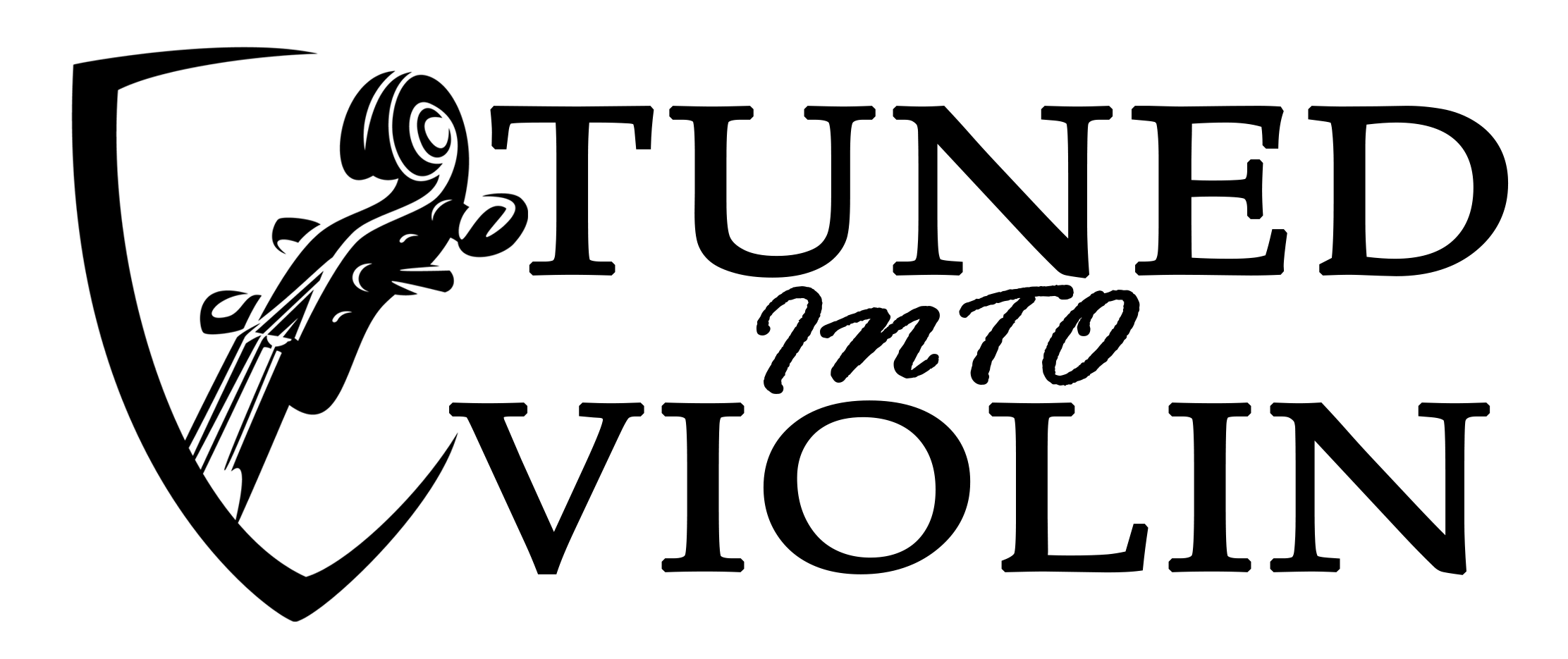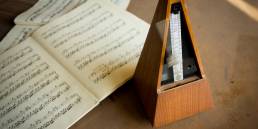In the book Basics by Simon Fischer, he goes through a description of 300 different exercises for the violin that will help hone your abilities at the violin. From a beginner standpoint, these basic techniques might sound pretty foreign to you – and often times, he uses language geared towards much more intermediate and advanced players. However, I look at Basics as a book that a beginner can leverage to get a better understanding of the violin as a whole due to the in-depth nature of each exercise. It starts off relatively easy with exercises that promote paying attention to the shifting dynamics in your fingers and hand. Ultimately, I think every adult beginner should buy Basics and utilize it as much as possible in their warmup exercises. Buy the Book here.
In this series of our blog, I will be going through each exercise in Basics one by one – dissecting the nuances of each technique in video and word format. I also want to pre-cursor that at time of this post, I have been playing for exactly 2 years, so I am still very much an “adult beginner” albeit with some rudimentary skill at the instrument. This means that the point of view I will have about these exercises comes from someone who is in your shoes – quite literally. I will be learning something new each step of the way just as you will – and I will do my best to explain things in a way that makes sense. I will also provide videos of what I am doing to help you with the process – especially if you are just starting out!
So, Basics assumes you already have some basics down. You may not be there. In fact, you may have been playing for 3 days. Who knows! So, I would watch the videos and mirror what I am doing so that you can get the gist of the hand placements – they may feel a little clunky or difficult to grasp, but keep practicing them – you will begin to see a big difference.
First Violin Basics Exercise
The first exercise looks at bow pressure and counter pressure – specifically with the thumb and the pointer finger. The “point” of the exercise is to feel the different points of pressure in your thumb and pointer finger along different parts of the bow while it rests on a specific string. If you just play long bows on open strings, you will notice that the weight you utilize in your bow hand will drastically effect the sound quality that is produced – you will often have to lighten the pressure to get the desired tone you are looking for. In fact, lightening up the pressure from your thumb and pointer finger can often times be exactly what you need to fix a tone problem. I would monitor that heavily while practicing this exercise. A couple things to keep in mind while you get started with exercise #1:
- Make sure your bow hold is correct – thumb placement needs to be accurate as well as where the pointer finger sits on top of the bow
- Make sure you are only holding the bow with your thumb and your pointer finger – all other fingers should be elevated and not on the bow
- Watch the change in bow pressure and how it sinks into the string – pay attention to each area of the bow, and pay attention to how it feels on your thumb and your pointer
The first part looks at setting up the correct hold. Make sure it is just thumb and pointer. When placing the bow onto the strings by the frog. Look at the curvature of the bow hairs and feel how heavy the bow is on the strings. This pressure, at the frog, will cause a scratching sound so once you start to play longer bow strokes, you will end up getting a scratchy tone if you are not applying counter pressure utilizing your thumb. At the frog, I loosen my pointer finger to allow my thumb to push the bow up slightly alleviating the curvature of the bow hairs on the string at the frog. Now, you will be able to get an even tone at the frog – but it requires a lot of practice.
Combing the First Violin Exercise with Others
Once you get that down, move the bow up a centimeter and push the bow hairs into the string – feel the pressure of the bow on your thumb and pointer. Ask yourself, at this point on the string, am I feeling more counter pressure from my thumb or my pointer finger? At the frog, you need more counter pressure from your thumb, and less from your pointer. That is because your pointer adds pressure while the thumb can alleviate it. At the tip of the bow, you will have more pressure from your pointer than counter pressure from your thumb. Continue a centimeter up the bow, continuing the same pressure technique until you hit the tip of the bow.
After you repeat this a couple times, I usually start to bow with just my thumb and pointer – this is actually kind of difficult because the pinky stabilizes the bow in a lot of ways, but I would give this try. What you will notice is that, at the frog, it will be very difficult to move the bow because of the pressure. It will be easier to play to the tip of the bow because of the lack of pressure. Keep bowing and work out what actual counter pressure needs to be applied from your thumb and how much pressure needs to be alleviated from your pointer finger to actually allow you to bow at the frog. This exercise will be helpful so when you need to have a sustained note down by the frog, it won’t have the scratchy effect.
You can do these exercises on all of the different, and something I have noticed is that pressure of the bow on the string is dictated by the placement of the bow in that exact moment in time, but it is also dependent on what string you are playing. Getting used to the different bow pressures along each string will create better tone production. For instance, lighter overall pressure on the E string is oftentimes required – you also have a more downward bow hand movement than the others so putting a lot of pressure will make the bow slide on the string. Juxtapose the E string to the G string and you will notice that a lot more pressure gets applied to the G string to produce the tone you want. So I would do this exercise pretty consistently across all strings until there is a comfort in bow pressures and that you have an overall understanding of when bow pressure needs to be manipulated.
Last thing I will state here is that you should utilize this exercise a lot when you are new. If you are just beginning, this concept may feel a little complex because you are focusing on bowing straight, your bow hold, and actually playing the right notes. I would add this into that rotation because it will help you understand your bow hold better as the exercise promotes looseness in the fingers. It also helps you monitor what the bow is actually doing in a slow and controller manner. If you are looking to help bow straight, monitoring bow pressure and where the bow is will help you stay focused in incremental rotations of the exercise.
To conclude, bow pressure matters! Different contact points create different requirements for pressure and counter pressure that are dictated by the pointer finger and the thumb. You will want to learn and feel the differences along each string so you can make changes to bow pressure when it is required. Overall, this will help in your tone quality – especially when you need to play close to the frog! Buy the Book here.
Below are video examples of the exercises!
Right Hand Like a Jelly Fish When Bowing on Violin
@tunedintoviolin Sometimes I forget how important right hand flexibility can be. So I got in this habit of starting my practices this way – it helps loosen the tension in your right hand which also helps left hand tension! #LearnViolin #practice40hoursaday #practice40hours #ViolinJourney #violin #violinpractice #violintok #violinist #ViolinBeginner #TunedIntoViolin #ViolinTricks #ViolinTips ♬ Violin classic(119699) – STUDIO COM
Help with Scratchiness at the Frog when Bowing
@tunedintoviolin If you have ever experienced scratchiness at the frog (haven’t we all) – this exercise will help with that! The goal here is to get a very nice clear sound with the circular motions on each string. #ViolinTips #ViolinTricks #TunedIntoViolin #ViolinBeginner #violinist #violintok #violinpractice #violin #ViolinJourney #practice40hours #practice40hoursaday #LearnViolin ♬ Celtic-style violin music that gets progressively more intense(249787) – 松本一策
Pressure and Counter Pressure on Violin Contact Points
@tunedintoviolin This exercise deals with bow pressure as well. We are aiming to feel the pressure and counter pressure at various contact points and on various bow fingers. This exercise focuses on the pointer finger. When you combine these exercises with open string bowing, you can start to identify the different pressure needed at every part of the bow to produce the best tone. #ViolinJourney #violin #violinpractice #violintok #violinist #ViolinBeginner #TunedIntoViolin #ViolinTricks #ViolinTips ♬ Sad violin – Katsuyuki Takahashi
Pressure of Multiple Violin Contact Points
@tunedintoviolin Tuned Into Violin is about tips and tricks in learning the instrument we love! In this video, this quick exercise can be done right before practice and helps with understanding the pressure of the bow on different contact points. #violin #violinpractice #violintok #violinist #ViolinBeginner #TunedIntoViolin #ViolinTricks #ViolinTips #practice40hours #practice40hoursaday #LearnViolin ♬ Violin – Poeyinkz



